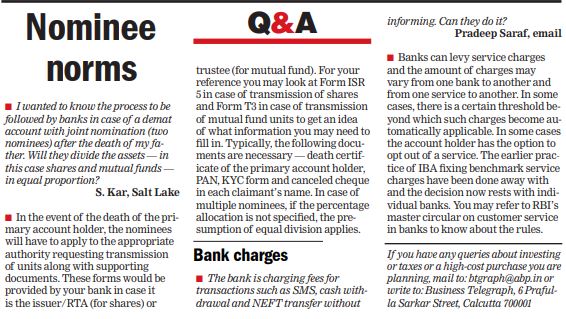There is distress among home owners. Home loan tenors have shot up rapidly in the last year. We enjoyed two years of rates as low as 6.40. But such has been the inflation that barely three quarters later, many borrowers are now paying upwards of 9 per cent.
As a result, home loan tenors have shot up dramatically. Given the inflation rate, it’s quite possible a 20-year loan taken in 2020 has become a 30- or 35-year one now.
While the RBI pausing the repo rate at 6.50 comes as a relief, unless rates fall, these tenor extensions will stick. Therefore, borrowers must now examine options. And one option is refinancing to a loan with a low interest rate spread.
What are spreads?
The repo is at 6.50 today. What you pay over and above this rate is effectively your home loan interest rate spread. For example, if your home loan rate is 9.50, you’re paying a spread of 3.00 over the repo. If you’ve been a good borrower paying your EMIs on time, 3.0 is too high today. Why? An interesting trend is playing out.
While interest rates have risen rapidly, spreads have been falling since 2020.
In March 2020, home loan spreads were around 2.75 and 3.50. With the repo at 5.15, this implied home loan rates of 7.90 to 8.65. By 2022, the lowest spreads had fallen to 2.40 with the repo at 4.0.
And in April 2023, we’re seeing spreads as low as 1.90 with the repo at 6.50. The opportunity for borrowers, therefore, is to refinance to a lender giving them a lower rate and a lower spread.
This could help drive huge savings over the course of the loan — potentially tens of lakhs if there’s substantial time left in the loan.
Why they matter
Since 2019, home loan pricing dynamics have changed. Following the RBI’s instructions, banks started benchmarking their home loan rates to the repo rate. Banks were free to set their spread. But the spread must be constant through the duration of the loan.
The only time the spreads rise is if the borrower’s credit score declines. This means that if you lock into a spread of 2.0 today, it must stay that way till the end. Your home loan rate will then change in lockstep with the repo rate once a quarter.
So, if the repo were to return to 5.0 in the future, your loan rate with a spread of 2.0 will be 7.0. An automatic fall in your rate would mean your loan tenor would get shorter, accelerating your journey out of debt.
Difference in spreads
If lenders hadn’t cut their spreads from 2020 levels, we’d be seeing home loans priced at around 10.00, which would have had a profound negative effect on the housing market. But the lowest rates today are around 8.50. Some borrowers reveal they’ve been offered as low as 8.35.
As a result, the spreads on new loans are significantly lower than those on outstanding loans. As pointed out earlier, it was common for home loans to be priced 3-4 percentage points above the repo before 2020.
Hence, older borrowers are at a slight disadvantage to new borrowers who’re paying lower spreads.
If the repo falls 1 percentage point to 5.50 in the future, an 8.50 loan would go to 7.50, but a 9.50 loan would go to only 8.50.
What’s the solution to this?
Refinance options
Borrowers with bank loans linked to older benchmarks such as base rate or MCLR have the option to convert their loans to a repo-linked one.
Whenever the repo rate rises, their loan rates will be updated by an equal measure within a quarter. The process for refinancing with your own lender is normally simple. A visit to the branch and a small processing fee should do it.
Borrowers also have the option to transfer their loan balance to another lender offering them better terms. This normally has more paperwork and higher costs — typically around 1 per cent of the loan, all put together. The refinance works best if the borrower gets a lower rate — ideally 50 or more basis points lower.
Who gets lowest rates?
To get a low spread, you need a low interest rate. And the lowest rates are conditional. If you have a credit score of 750 or more, have stable income, your loan payments are on time, you have a good chance of getting the lowest rates.
Additionally, having an ongoing relationship with the lender (such as a salary account), being a woman, or being employed by a blue-chip company could help shave off a few more basis points off your rate. If you don’t check all these boxes, your spreads—and your rate—will nudge higher.
Borrowers with good credit scores but paying high spreads must negotiate better terms with their lender. Given the inflationary times we’re in, it’s important to take these steps and ensure savings anywhere you can.
The writer is CEO, BankBazaar.com


